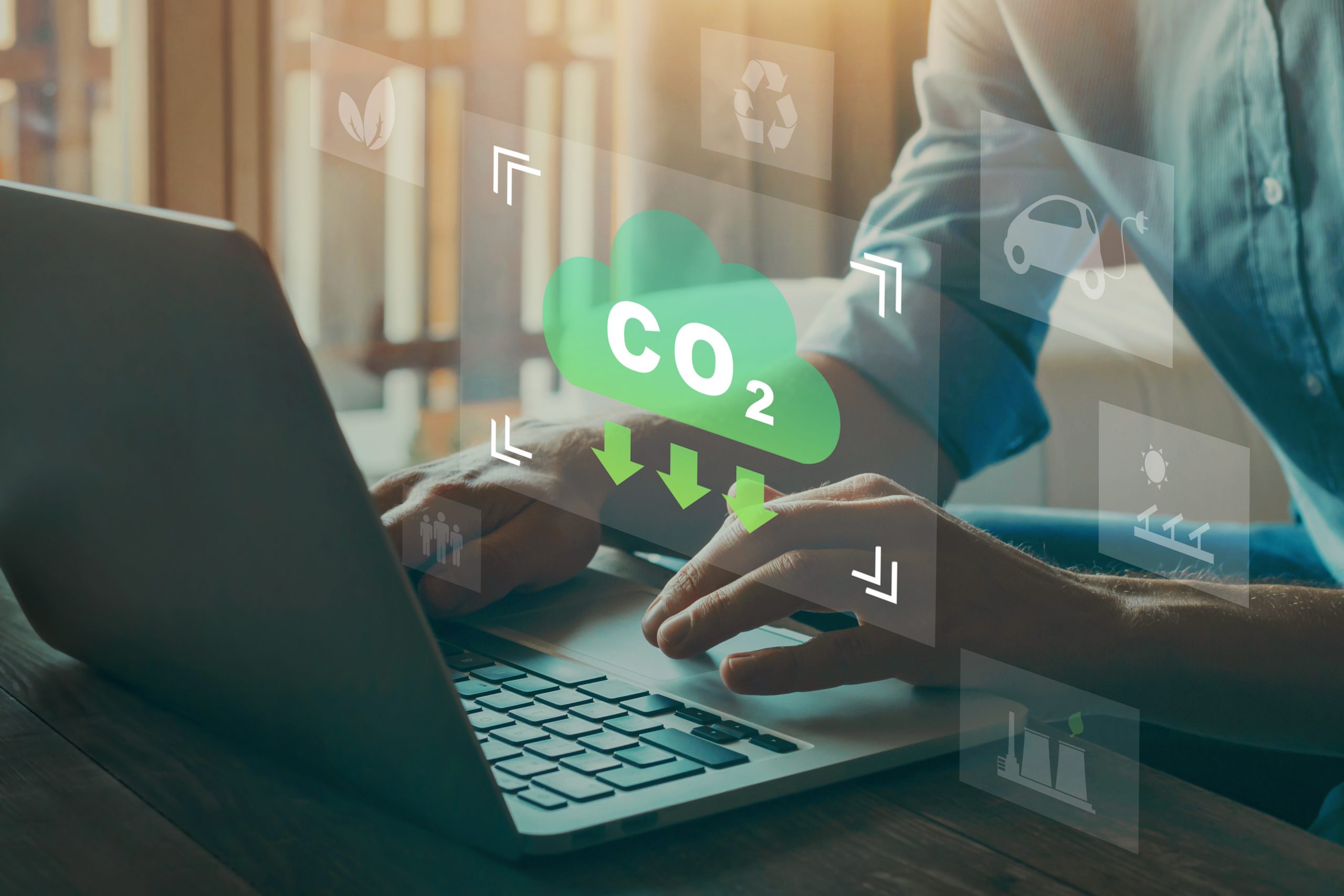The future legal framework for CO2-capture and -storage will allow open competition for the most effective solutions. Hydrothermal carbonization of organic residues is already a proven, safe and energy-saving way of removing CO2 from the atmosphere.
In addition to the conversion of the energy sector and industrial processes to renewable energies, further measures for the removal of CO2 from the atmosphere and its permanent storage are essential in order to achieve the global climate targets[1].
Negative Emission Technologies (“NET”) are currently being developed and tested at full speed. The planned legal framework for Carbon Dioxide Removal (“CDR”) has now been presented by both the European Union[2] and the German government[3].
It is particularly notable that the CDR measures are not subject to any technological restrictions, but have to follow certain quality criteria:
– Quantification
– Additionality
– Long-term storage
– Sustainability
This creates the basis for implementing the most effective Negative Emission Technologies. Hydrothermal Carbonization (HTC) of organic residues will make an important contribution to CO2-removal from the atmosphere in the future due to the following advantages:
– the Biocoal (“Hydrochar”) produced by HTC binds the CO2 safely and can be stored in existing fossile coal deposits and transparently monitored and quantified at any time
– the conversion of organic residues such as manure, dung, sewage sludge, digestates or biowaste into stable Biocoal avoids the considerable Greenhouse Gas Emissions (CO2, methane, nitrous oxide) of previous utilization paths
– the stability of the Biocoal corresponds to that of lignite and thus guarantees long-term geological CO2-storage
– the HTC process is energy-efficient and requires not even half the energy per ton of CO2 compared to direct air capture (“DAC”)[4], for example
– Nutrients such as nitrogen and phosphorus can be separated within the HTC process and used as regenerative fertilizer for agriculture
– HTC processes can be installed decentralized, avoiding long transport routes and thus contribute to regional circular economy
[1] IPCC Sixth Assessment Report (AR6), 2023
[2] https://www.consilium.europa.eu/en/press/press-releases/2024/02/20/climate-action-council-and-parliament-agree-to-establish-an-eu-carbon-removals-certification-framework/, Feb. 2024
[3] https://www.bmwk.de/Redaktion/EN/Downloads/E/240226-eckpunkte-cms-en.html, Feb. 2024
[4] Block, S. (2022): Auslegung, Analyse und Bewertung von Direct Air Capture (DAC)-Anlagen zur Nutzung für Power-to-X-Prozesse und zur Erzielung „negativer Emissionen“ in Deutschland. Wuppertaler Studienarbeiten zur nachhaltigen Entwicklung Nr. 25, 03/2022, Wuppertal

